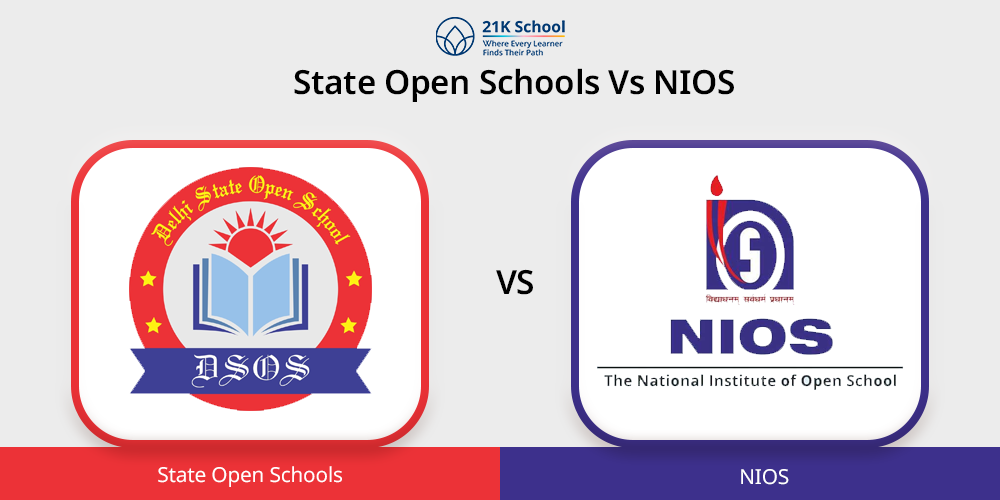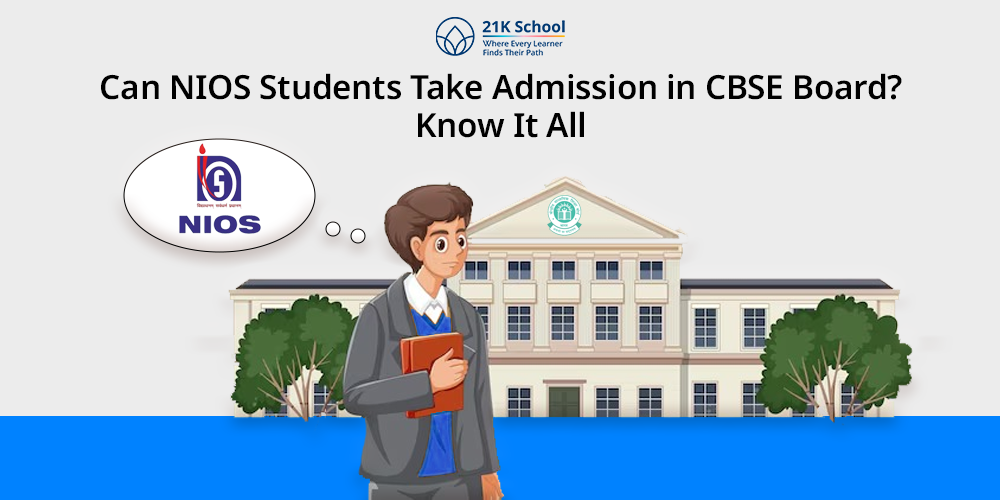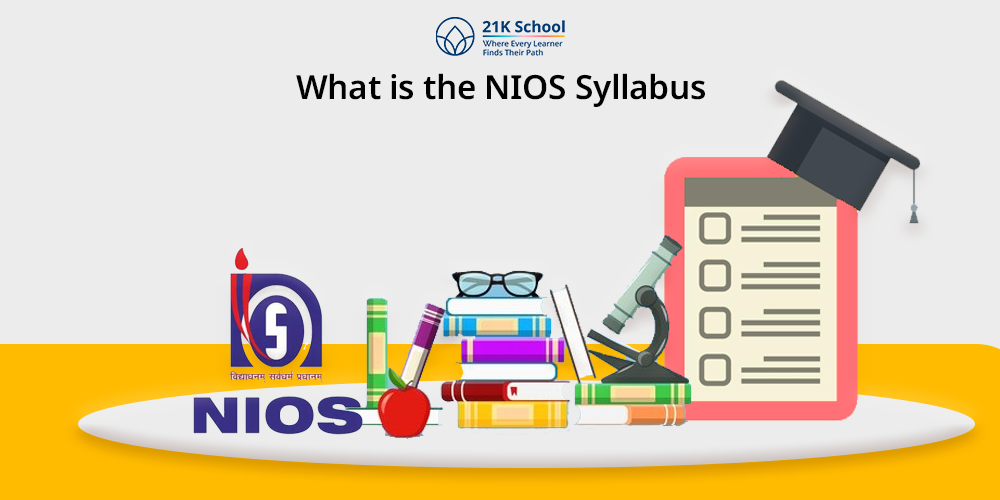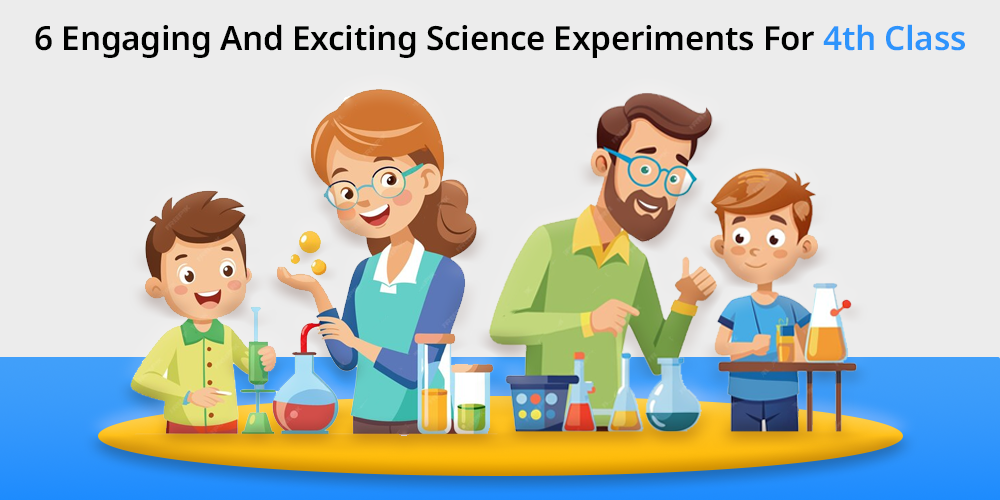
Experimenting with science is an interactive, fun way to expose 4th graders to new learning about the world we live in.
Students can learn important scientific concepts and have a great time while doing it, by means of hands-on activities.
These experiments help explore the power of air or learn about chemical reactions, simply and creatively, which is bound to make the little one curious to learn more.
But first, let’s get into some exciting experiments that your 4th grader will love to try!
Table of Contents
Science Experiments For 4th Graders
1. Balloon-Powered Car Challenge
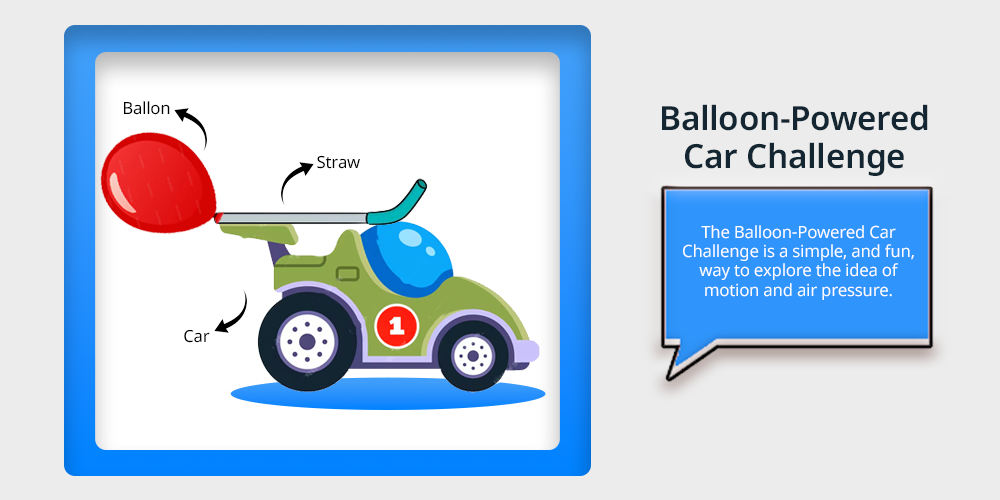
The Balloon-Powered Car Challenge is a simple, and fun, way to explore the idea of motion and air pressure. In this experiment you’ll need a small toy car, a balloon, a straw and tape.
If we start with sticking the straw to the car and inflating the balloon, it works. The balloon, when released will push air down the straws, making the car move.
This experiment teaches children about Newton’s Third Law of Motion: For every action there is an equal and opposite reaction.
Because the force is obvious, the balloon helps them observe force and motion in action, making it a great way for students to see force and motion.
Get kids experimenting with different balloon sizes and car designs to see how they impact car’s speed and distance covered!
Also Read: Science Experiments for Kids-Renewable Energy
2. How to Turn a Potato Into a Battery?
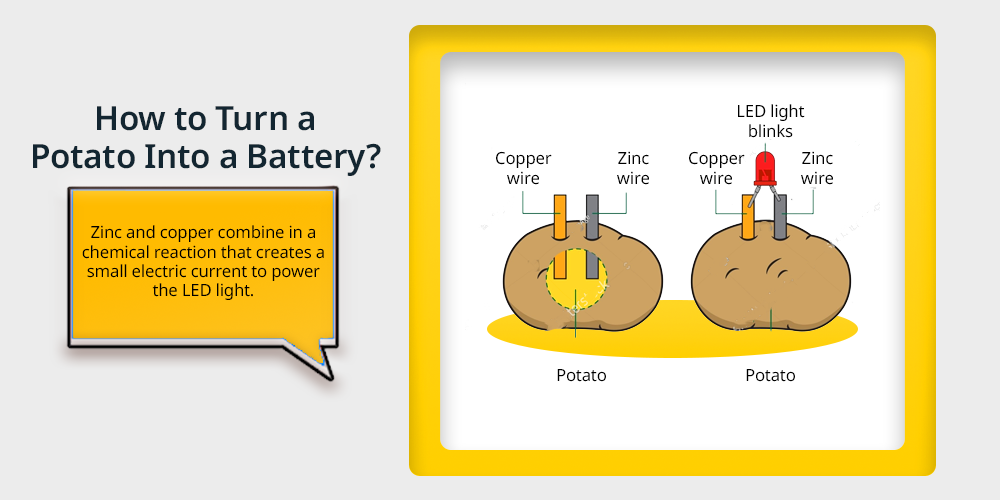
This experiment exposes 4th graders to energy and electricity in the world. To turn a potato into a battery you need a potato, a zinc nail, a copper wire and a small LED light.
Place one end of the potato into one side of the potato and one end of the copper wire into the other. Wedge the ends of the wire into the LED light.
Zinc and copper combine in a chemical reaction that creates a small electric current to power the LED light.
This experiment gives kids a chance to learn how chemical reactions can make electricity (which is the basis for how batteries work). It’s a fantastic hands on way to show energy flow and the basics of circuits!
3. Ball Launcher Challenge
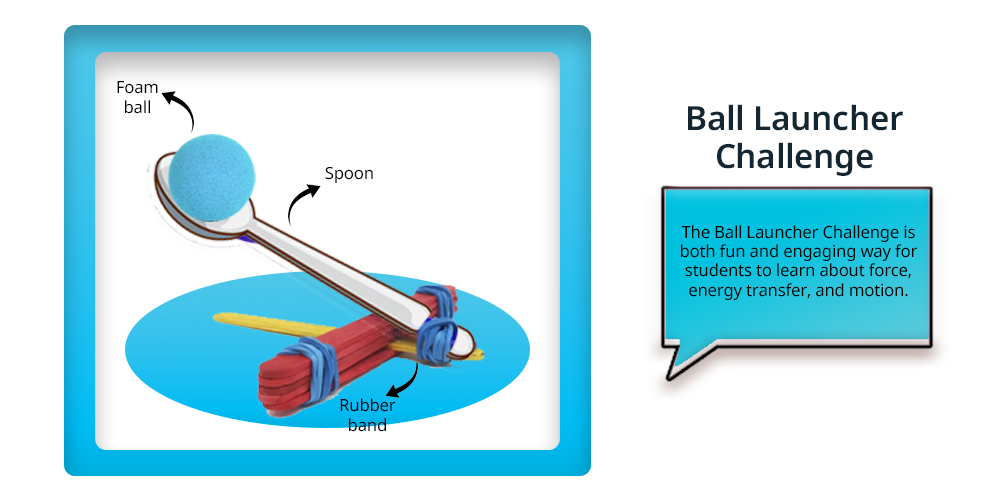
The Ball Launcher Challenge is both fun and engaging way for students to learn about force, energy transfer, and motion. To do this experiment, you’ll need a plastic spoon, rubber bands and a small foam ball or even a cotton ball.
First thing is first, wrap the rubber band around the spoon and stretch as much as you can so your doing some Tension. Put the ball inside the spoon’s bowl, pull the rubber back, and let ball go for launching.
This experiment helps students understand how potential energy (the stored energy in the rubber band) is converted into kinetic energy (the energy that launched the ball).
A great way to show kids energy transfer and forces in motion while keeping them active and engaged!
4. How Salty Does the Sea Have to Be for an Egg to Float?
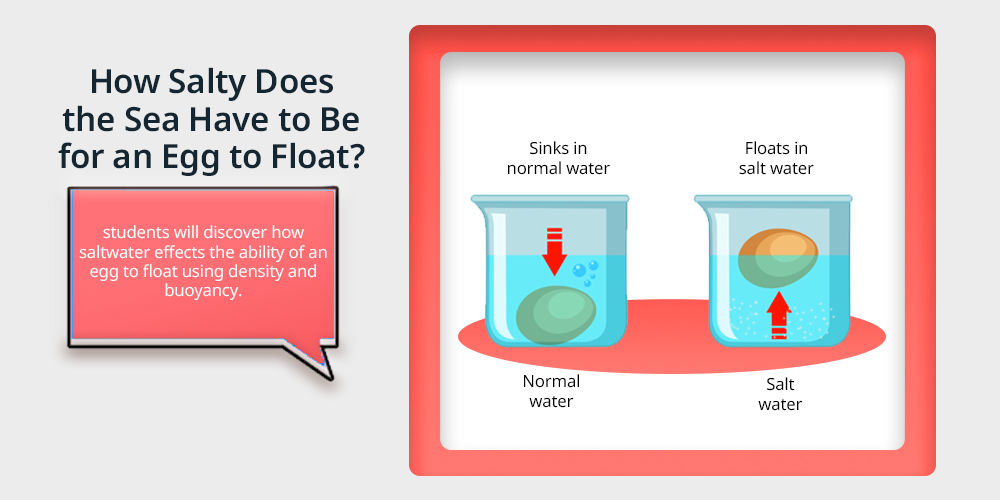
In this experiment students will discover how saltwater effects the ability of an egg to float using density and buoyancy. An egg, two clear glasses, salt, and water are what you’re going to need.
Put some water in both glasses, and in one glass (but not in the other), add a couple spoonfuls of salt and stir it into solution. Next, put an egg carefully into each glass.
When put in regular water the egg would simply sink to the bottom, but with saltwater, the egg would float due to the higher density of the saltwater.
One way this experiment may help explain how adding salt to water increases its density and, therefore makes it easier for things to float. A really cool example of what salt does to water!
Also Read: Science Projects for Kids Rocks and Minerals
5. Turn Milk into Plastic!
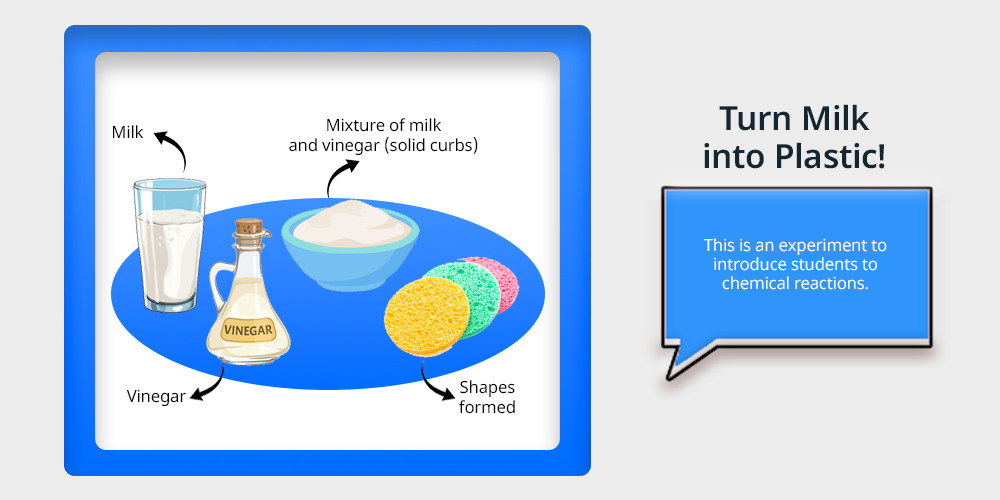
What if I told you that you could turn milk into plastic? To prepare for this experiment you will need a cup of milk, a cup of vinegar and a strainer.
Begin by heating the milk in microwave or stove until warm but not boiling. Add vinegar to milk slowly and stir. You’ll see how the milk turns into solids and a liquid.
Remove the liquid, leaving just the solid curds and collect it in a strainer. Mold the curds into shapes and let them dry. The final thing that you get is casein plastic like.
This is an experiment to introduce students to chemical reactions, making polymers, as well as an excellent way to teach kids science behind every day materials!
6. Make a Spacecraft Motion Simulator!
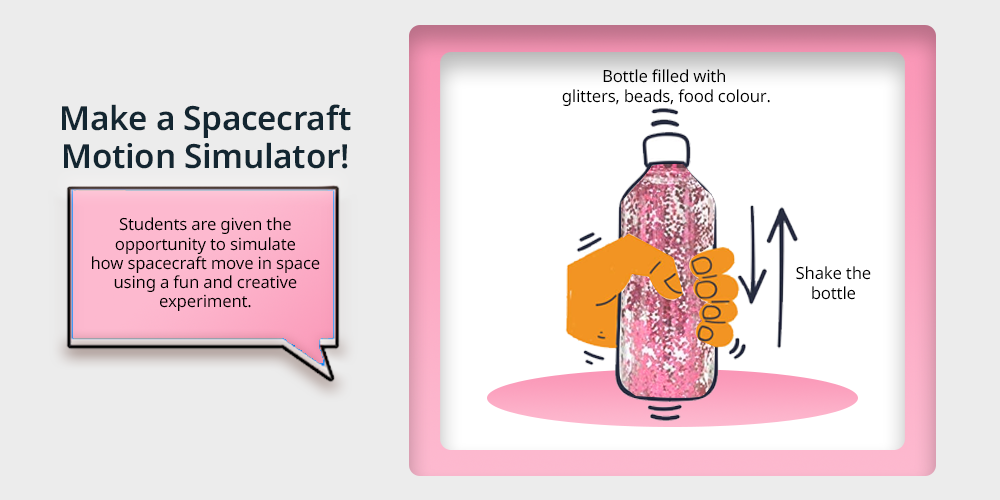
Students are given the opportunity to simulate how spacecraft move in space using a fun and creative experiment.
You’ll need to put in water, food coloring, and glitter or small objects, such as beads, into a plastic bottle to make your own spacecraft motion simulator.
Add a few drops of food coloring, a little bit of glitter, and fill the bottle with water. Seal the bottle tightly and shake it.
When you move the bottle the glitter and water reflect it, mimicking the movement of a spacecraft through space. Kids will learn how spacecrafts transfer in zero gravity environment and how objects float and move inside them.
It’s the best balance of creativity and science letting kids see what space travel is like without all the jargon and confusing terminology.
Also Read: 10 Easy Science Experiments For Young Scientists
Precaution Tips for Kids
Science experiments are fun and educational, but it’s important to practice safety when doing them.
Here are some important safety tips for kids when doing experiments:
- Always have adult supervision: Some experiments use sharp objects, get hot or use chemicals. Make sure that there is an adult present, able to supervise and guide this activity.
- Wear safety gear: In some experiments you may need to wear safety goggles or gloves. Always protect your eyes and protect your hands.
- Use safe materials: When working with younger children, try to use non toxic materials.
- Work in a safe space: Do your experiments in a well ventilated area or near a sink for easy cleanup.
- Follow instructions carefully: Follow the experiment’s step by step and don’t rush all the process.
Ending Note
Completing science experiments is a great way to get children of 4th grade interested in science and exploring the fascinating world of science.
Through these hands on activities students learn important scientific concepts such as energy, force and chemical reactions, and in turn stimulate creativity and problem solving skills.
Building a balloon powered car, turning a potato into a battery or learning about density with floating eggs, every experiment is an exercise that taught you something that would stay with you for a lifetime.
Inspire your child to play with, ask questions about, or explore science. How exciting is science when you have the right tools and a little imagination!?

